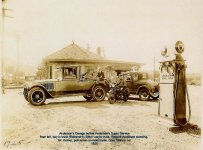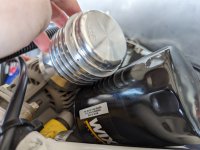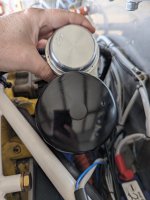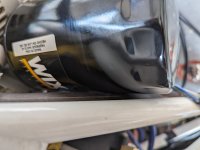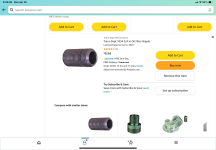And additionally from my neighbor’s communication with Lycoming -
“The Challenger filter is not currently a Lycoming approved PMA part. As for PMA certification details, I recommend contacting Challenger or the FAA for details on what requirements they had to meet for PMA status. We evaluated the Challenger filters but due to the reduction in filtering ability led us to not pursue using them in the factory. CubCrafters uses them on their X Cub and NX Cub with the IO-390-D3B6 and probably a few other models. I have not had any negative reports from CubCrafters or operators using this type of filter about its ability to filter. Personally, I do Like the design but would operate on a reduced oil change interval if installed.
Thank you,
Brandon Dildine”
And from his communication with Challenger -
Thank you for reaching out to Challenger Aviation.
After reviewing the information presented, it appears this unauthorized test has no verifiable information. There is no lab name listed, no testing variables nor are there parameters of how these results were determined. From what we can see, there is a partial summary of a full report that will not be released. Therefore, Challenger will not be making a statement regarding the test referenced.
Our Challenger Aviation Products, FAA/PMA certified filter went through rigorous testing upon receiving our STC approval. As we are sure you are aware, that information is proprietary per the FAA requirements. However, if you would like to see what type of data is collected for that certification process you can find it at the following link.
Our certified aviation oil filter has been flying since 2006, with only minor changes made in 2009. We have had wonderful feedback from the pilots in the field flying our certified aviation oil filters.
As far as the non certified aviation oil filters being referenced, we have no response as we do not promote nor encourage the use of non aviation certified filters for use in any aircraft, certified or experimental. The K&P S15 oil filter is not certified for use in any aviation applications.
Thank you again for your inquiry.
Heather Rocco
CEO/Co-Owner
Challenger Aviation Products, Inc.



